Up Next

For Lando Norris, the extension of his McLaren deal to 2023 at least is, on the surface level, a vindication.
McLaren had bet big on the Briton to promote him back in 2019 after just one season in F2, and he answered the call, bringing the type of consistent performance that allowed McLaren to basically maximise its constructors’ championship results despite losing a driver of Fernando Alonso’s calibre.
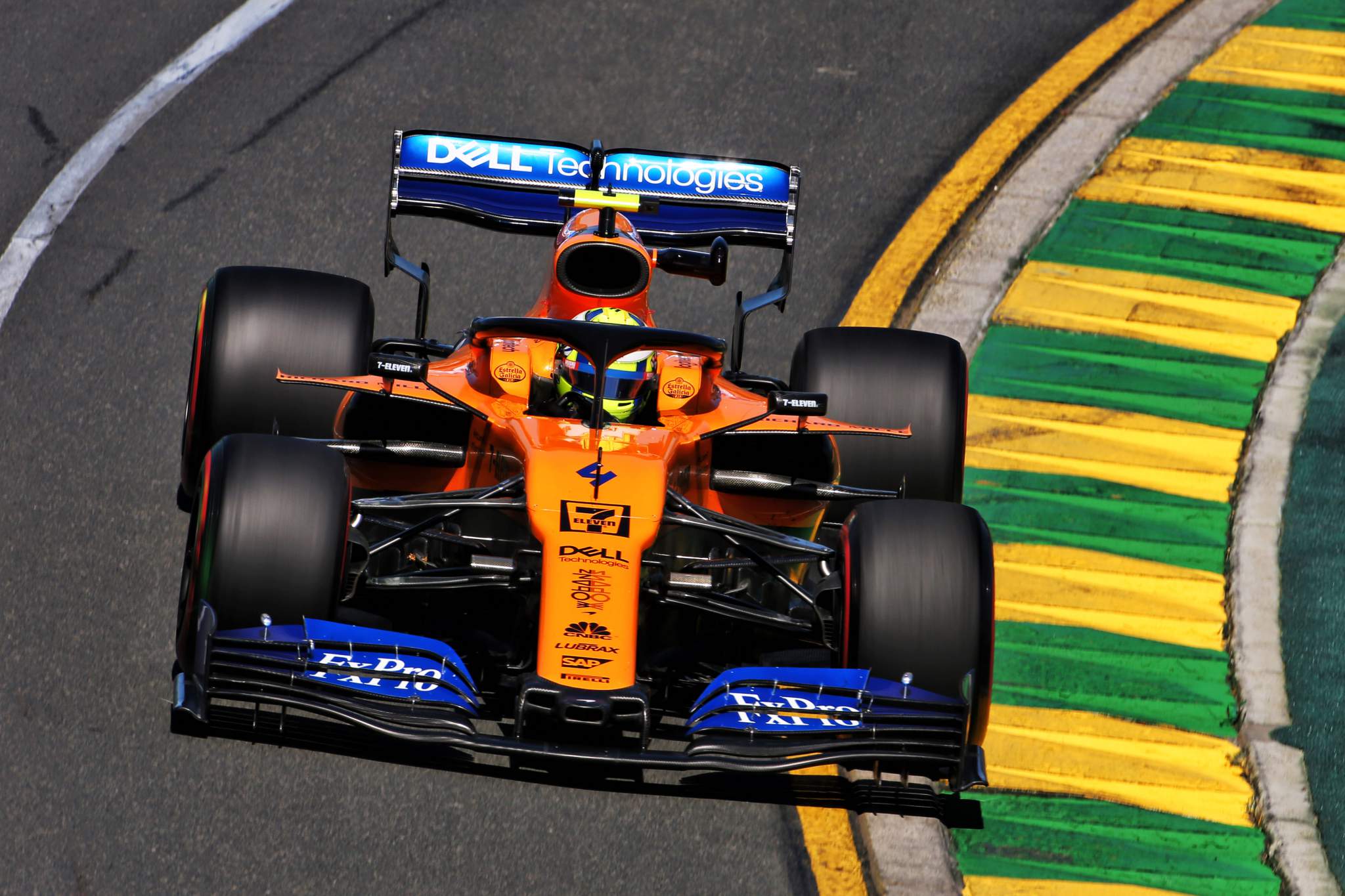
Whatever improved terms McLaren has surely had to offer him, Zak Brown and Andreas Seidl can kick up their feet. They have a killer F1 line-up signed through 2023 and can basically forget about the driver market for at least 12 months. It was a no-brainer.
It was also a no-brainer for Norris, right? He’s clearly very comfortable at McLaren, which seems to give him enough freedom to do all kinds of fun side activities and grow his personal brand.
He’s also taken the opportunity to assert himself early in the 2021 season while team-mate Daniel Ricciardo has been getting up to speed. And he also already has two F1 podiums, which is two more than most F1 drivers ever get.
But he’s also one of the hottest properties in F1, its second-youngest driver at 21 and yet already a top performer, committing “multi-year” to a team that hasn’t won an F1 race since 2012.
Norris knows this. He also knows McLaren is in much better shape than it was a few years back, that it seems to be really maximising the machinery it has under Seidl, that it stands to get better still when the cost cap kicks in. The Woking team is a good place to be at, and it deserves enormous credit for its recent upward mobility.
Mercedes and Red Bull are two line-ups that Norris really should have a shot at, performance-wise
Speaking about his new deal, Norris also said that it was “nice to get it out of the way”, and that he wanted to show the team that it could count on him. “I am happy with where I am, and I didn’t think of too many other things in order to sign my name,” he said.
But the MCL35M is a car that’s finished no closer than 46 seconds off the race winner in any of the three dry races we’ve had so far (at Imola there was a mid-race red flag and Norris was 24s off the winner at the finish, so that also very much fits the pattern). If that gap is halved by 2023 – and that seems like a reasonable bet but hardly a guarantee – is that good enough?
The two main teams of current F1, Mercedes and Red Bull, both have serious question marks over their second drivers. Mercedes, it should be said, will almost certainly favour promoting George Russell, but what if it has two seats going? And what of Red Bull? Those are, ultimately, two line-ups that Norris really should have a shot at, performance-wise – considering he’s comparing so nicely to Ricciardo, who Red Bull is still trying to adequately replace.
It might be that there’s no room at the inn at either. It might be that Lewis Hamilton is definitely staying, and that the second seat is only between Valtteri Bottas and Russell – limiting it that way would be short-sighted of Mercedes, but when you have somebody like Hamilton you can be pretty relaxed about the second seat.
And it might be that Red Bull’s already sold on giving Sergio Perez a longer run-out, or that it would be worried about unnerving Max Verstappen through pursuing Norris.
That last one is hard to imagine – Verstappen probably wants as quick as team-mate as possible at this point given he’s been really hampered by being the sole Red Bull fighting at front, and he and Norris seem to be good mates, but you never know.
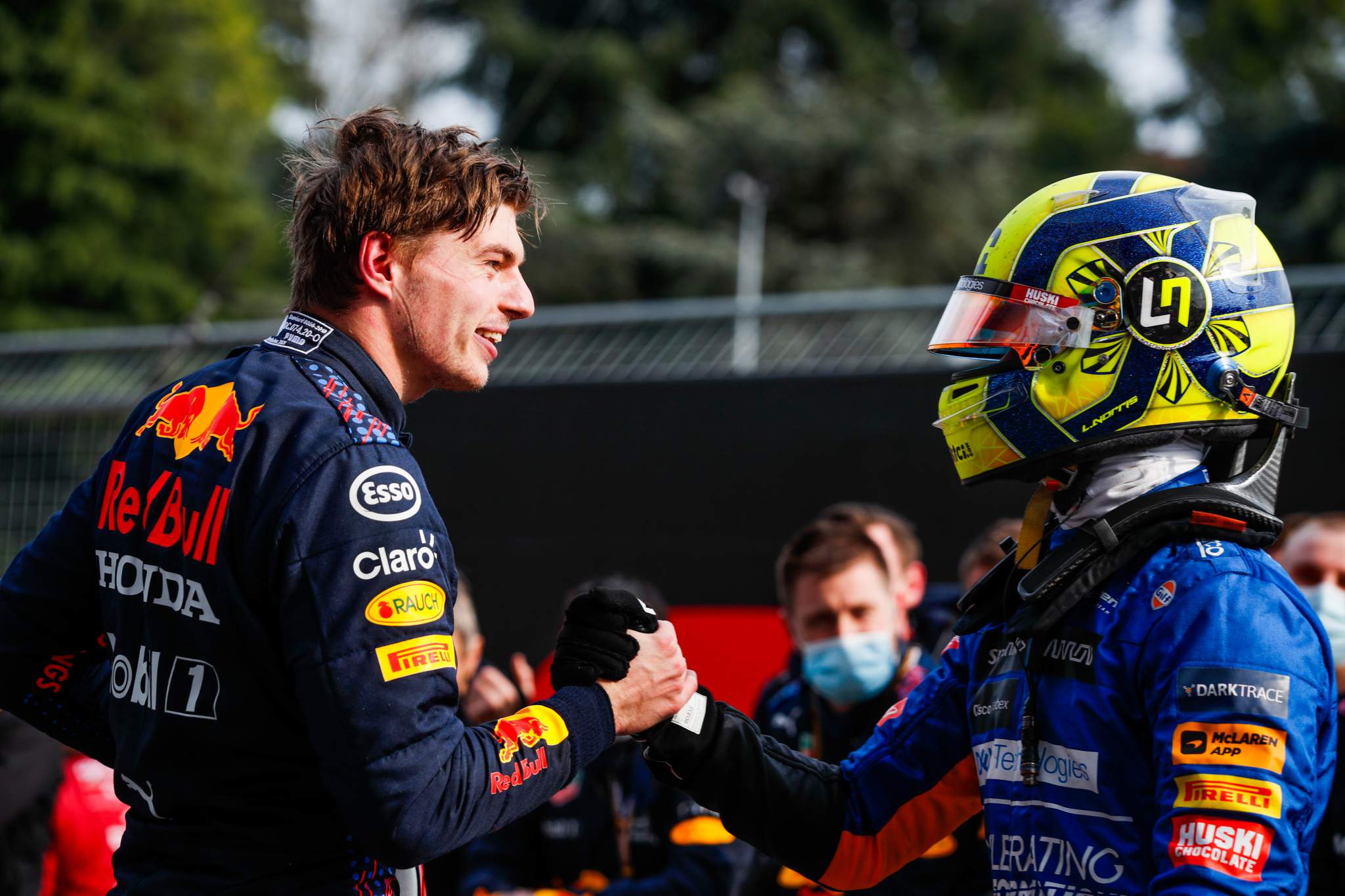
If those options are not on the table, 2022 or 2023, then fair play, McLaren’s a really good choice mid-term. But if there’s any chance that they are, and Norris simply believes they’re not worth exploring – not worth a ‘wait and see’ for a couple of months beyond May 2021 – because those teams orbit around another driver already, I can’t say that’s logic I particularly agree with.
But it’s not just about Norris and McLaren, really. His newest deal is just the latest multi-year agreement that an F1 team has managed to secure with a top young driver.
Charles Leclerc is signed at Ferrari through 2024. Verstappen is at Red Bull through 2023. The option of Verstappen exercising an exit clause has been ruminated on, but officially these are two drivers who have taken themselves out of the F1 driver market completely for the foreseeable future.
I’m not sure hindsight has been kind to either move. This might feel like a contradiction given above I wrote that Norris should’ve been angling for a Red Bull seat that I now say Verstappen shouldn’t be totally thrilled with, but they’re at different stages of their F1 careers.
Verstappen’s current deal, announced in early 2020, was surely supposed to have brought on his first F1 title, or at least a first good crack at one. But Red Bull, having not delivered him a car good enough to fight for the title in 2018 or 2019, didn’t do it in 2020 either. And the jury’s still out on 2021, before we get an all-new set of regulations.
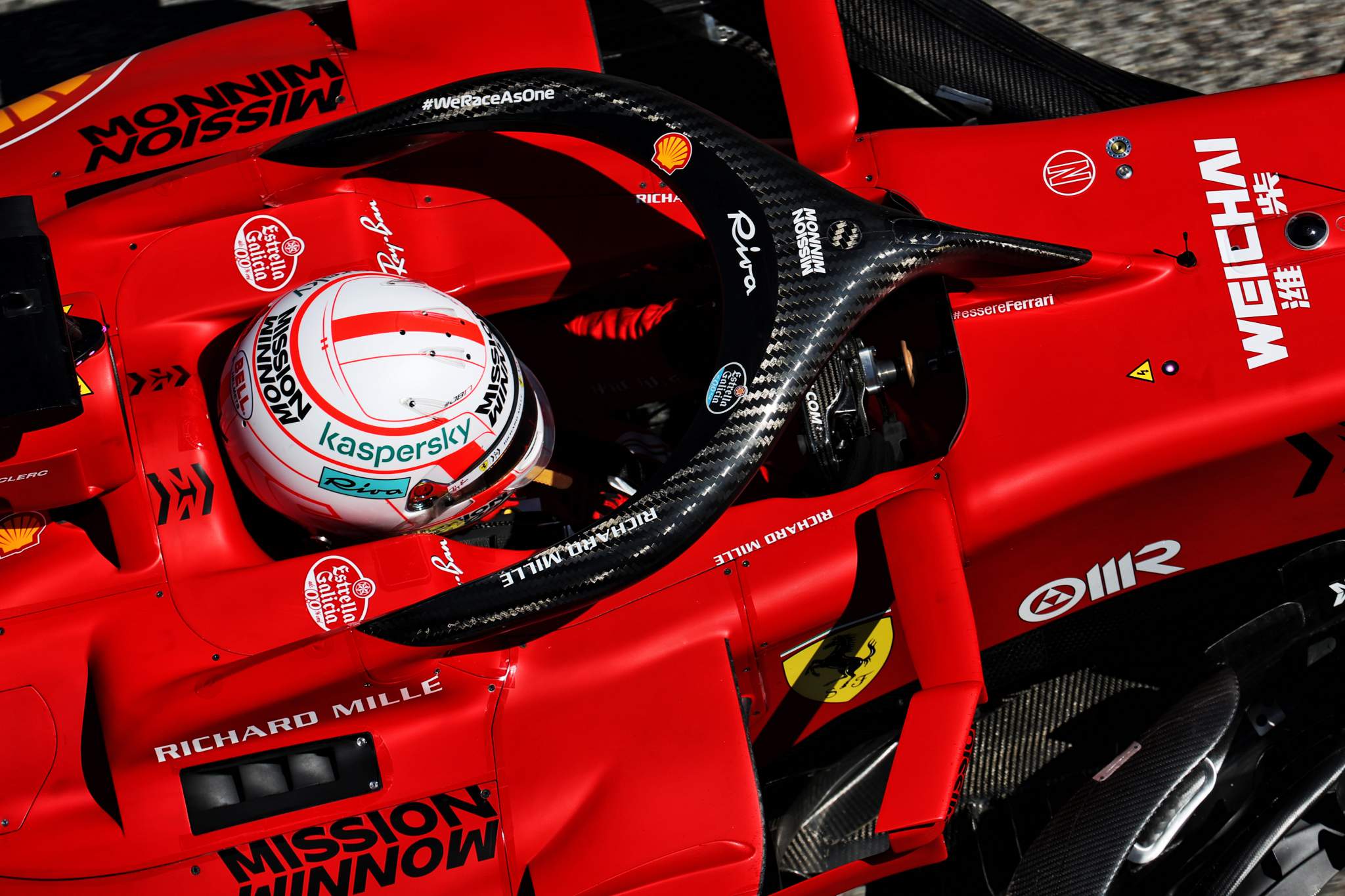
On the Ferrari side, it’s easy to see why Leclerc would’ve been enticed by a mammoth deal that basically made him the new face of Ferrari and officially signalled that he’d successfully usurped Sebastian Vettel, he’s now doing a second straight season in a car that cannot win races on merit, even though he himself clearly can.
“Well I don’t think there are a lot of cons on my side,” Leclerc insists of his long Ferrari deal.
“I am obviously still very young, to be with Ferrari is my dream since being younger and I think it’s a dream for many drivers. I believe in the project.
“And that’s why I signed a long term contract with Ferrari. I’m very happy and on my side I don’t see any cons otherwise I probably wouldn’t have gone for it.
“But obviously, everything was telling me to go for it, so I’m very happy where I am.”
Until F1 is as open as other series, it’s basically every top F1 driver’s responsibility to dial Toto Wolff or Christian Horner so many times their phones crumble
Here you’ll rightly point out that the only meaningful upgrade for either Verstappen or Leclerc will have been a Mercedes drive, and getting that would’ve been wishful thinking. And, well, fair enough.
But why wed yourself to a different team before you get to see how things play out? Whether it be Verstappen, or Leclerc, or Norris, why do it right on the cusp of a major regulations change?
The difficulty in adapting to new surroundings and new machinery is perhaps one factor within the allure of the long-term deal. Certainly, the way the season has begun for Ricciardo and Perez will have served as a timely reminder that it’s not as simple as just swapping for a faster car and immediately going faster.
“Being with Red Bull for five seasons and then going to two with Renault, I guess everything needs a bit of time, especially if you’re trying to help build something,” says Ricciardo of his own decisions.
“And also I’d done a bit of musical chairs the last few years and it didn’t really appeal to me to be doing that too often.
“Obviously I believed in what I saw at McLaren and it certainly gave me the confidence to go with a longer term deal.
“It probably takes a little bit of pressure off as well, you don’t feel like you’re forced or rushed to set records from day one.
“So kind of just having that foundation, knowing you’ve got time on your side to build and to build it right, that’s kind of where it came in for my process.”
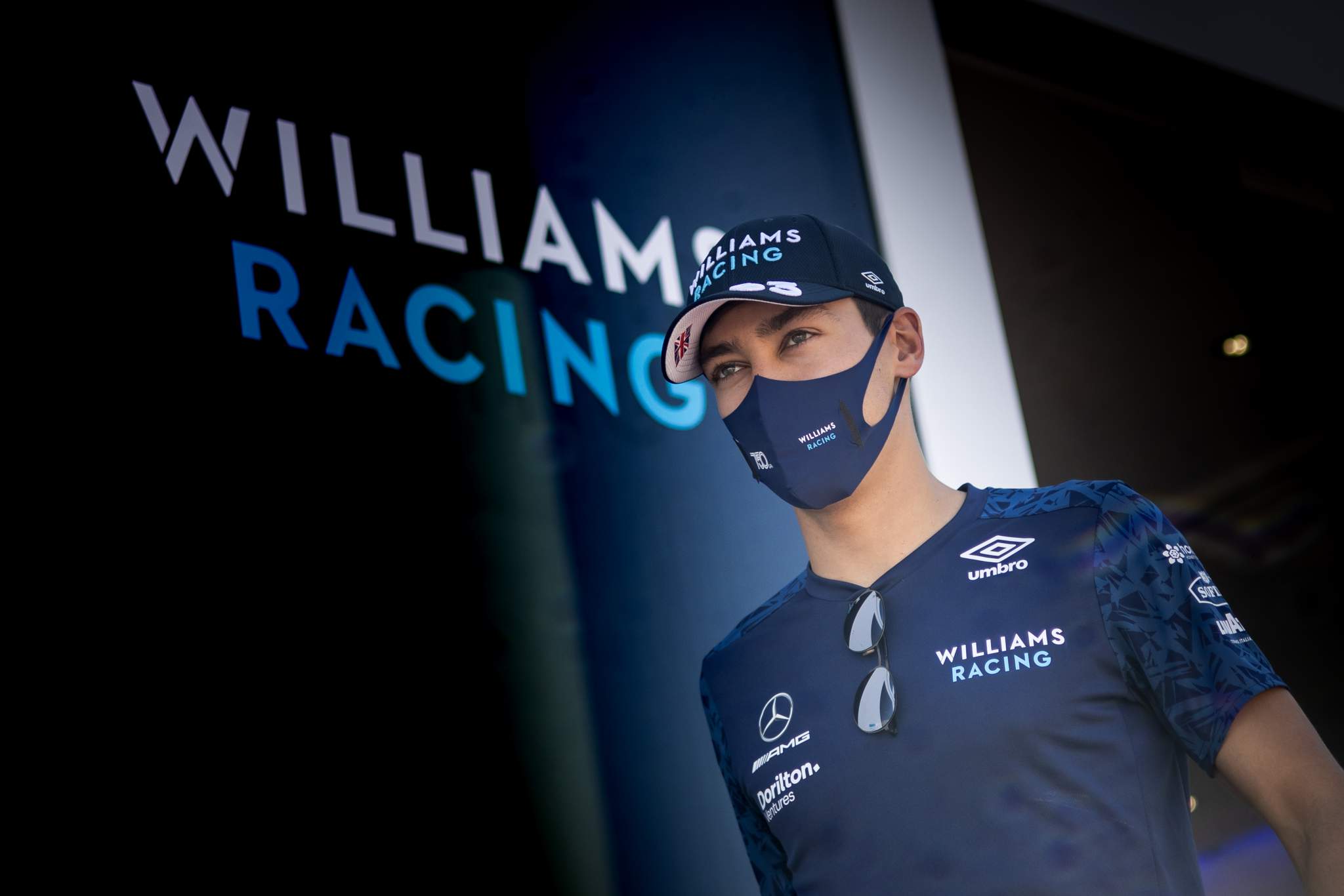
And perhaps unsurprisingly given he’s under Mercedes’ wing, the only major young star in F1 not now signed up long term to a team – Russell – wants to get himself tied down for the long haul too.
“Definitely I think the position I am currently in, being a free agent as such going into next year, is a good position to be in, but I think stability and longevity is important,” said Russell when asked by The Race in Monaco.
“It’s so clear with people moving around recently how difficult it is to compete and adapt to a new team so wherever I find myself next year, let’s say, I’d like it to be for at least a couple of years because I think that’s so important to have that consistency to be able to grow and progress.
“I’m really happy for Lando, he deserved that, he’s been doing a fantastic job recently. It’s going to be interesting next year, I think they [Norris and McLaren] could be a real threat to the top teams and to the championship.”
The tendency for leading F1 teams to pursue long-term commitments from young drivers, and the tendency for those drivers to largely reciprocate that desire, does create a somewhat tantalising prospect.
It’s easy to imagine a Russell-led Mercedes, a Verstappen-led Red Bull, a Leclerc-led Ferrari and a Norris-led McLaren duking it out at the sharp end for years and years to come, and it’s easy to sell that as enjoyable.
But it’s a model that makes more sense for something like IndyCar, or MotoGP, or the NASCAR Cup series – championships where, to various extents, there are several long-term frontrunning teams that take turns winning.
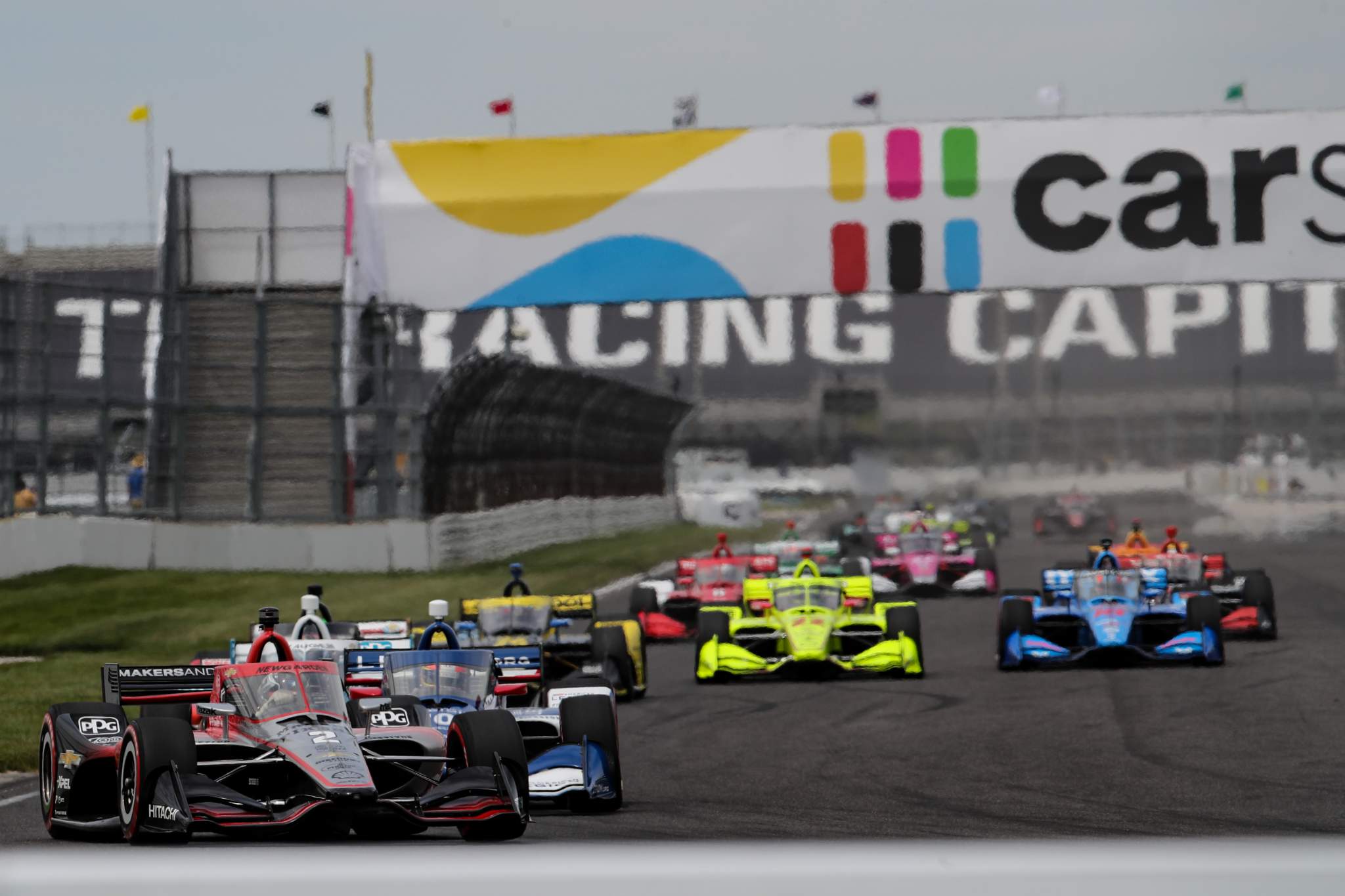
It is not the case in F1 right now, and whether it will be in 2022 is anyone’s guess. Most people’s assumption appears to be it won’t be immediately.
And until F1 is as open as other series, it’s basically every top F1 driver’s responsibility to dial Toto Wolff or Christian Horner so many times their phones crumble through wear and tear, and delay committing to any other team as long as possible.
In Norris’s case, the specifics – what the existing deal was, what McLaren was saying, what the vibe was from the top teams – are far too important to pass judgment on his decision any time soon.
But, in a more general sense, a new F1 deal is only ever something you should be keen to “get out of the way” if you’re in a part of the grid where you want to be.
Norris certainly seems content right now – but McLaren has its work cut out to get to where a driver of his calibre will want to be by 2023.






